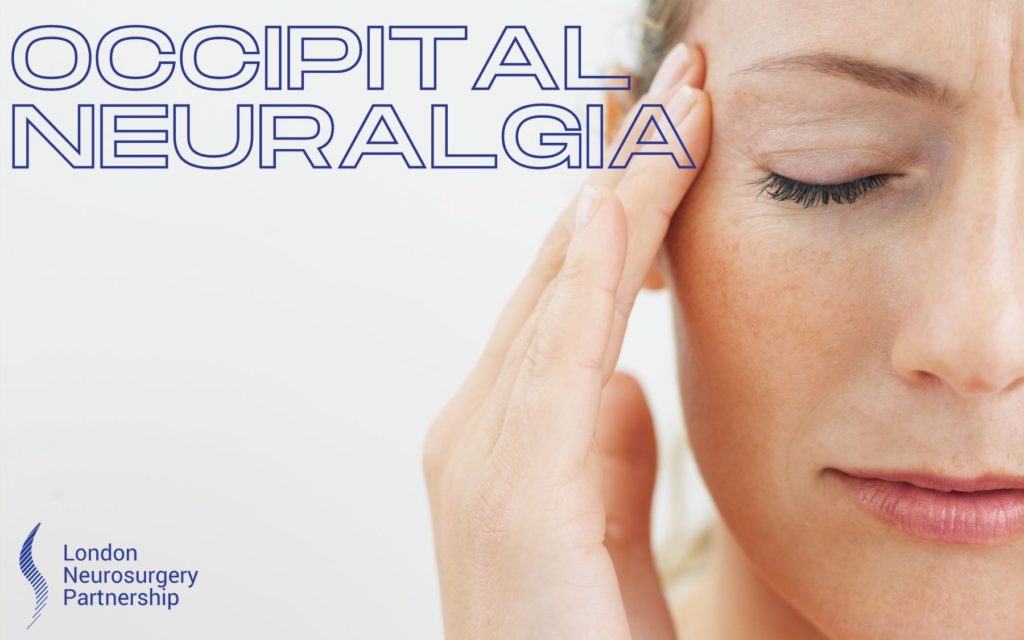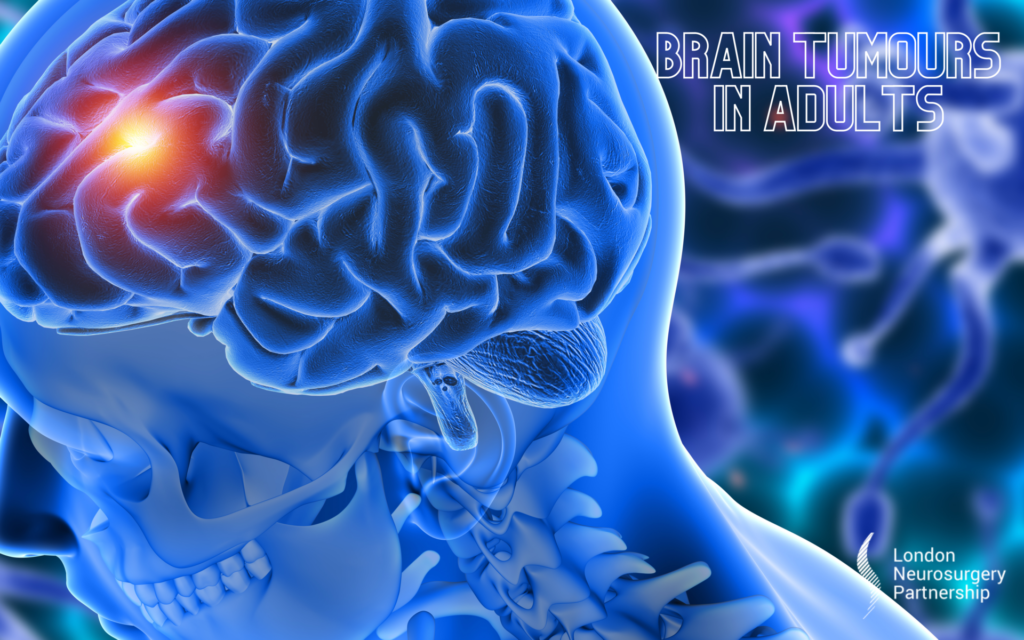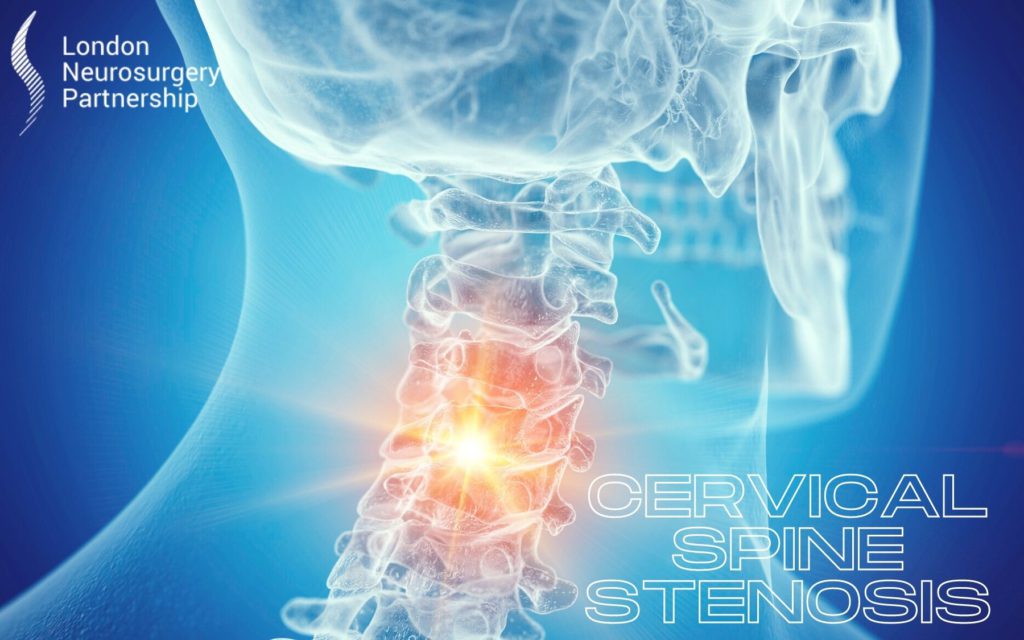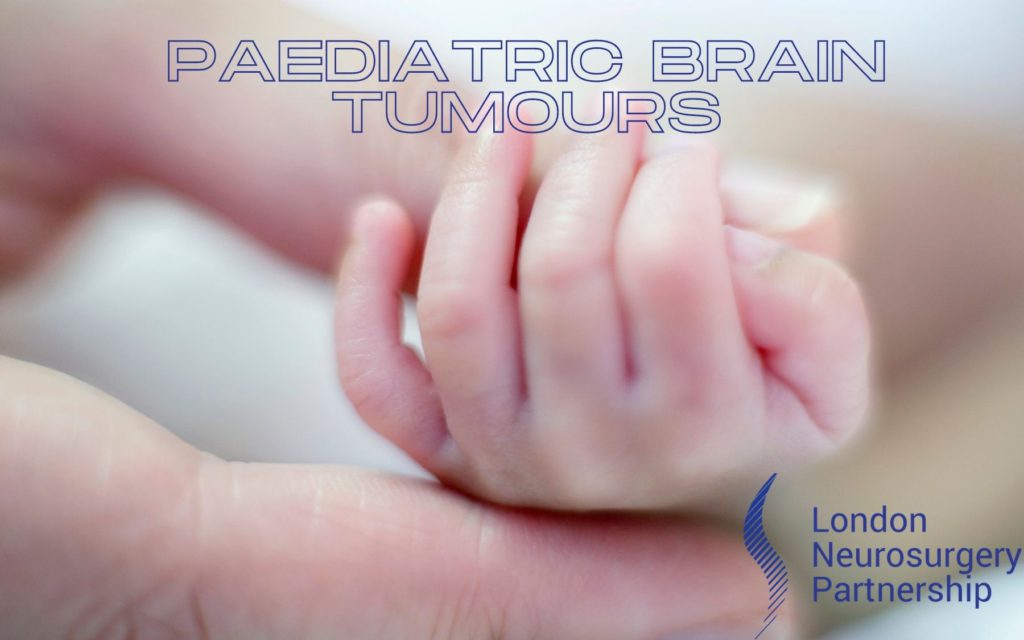
Occipital neuralgia is one of the most common causes of headache. Occipital neuralgia involves the occipital nerves, which are a pair of nerves beginning near the second and third vertebrae in the neck and travel up to the eyes. There is one nerve on either side of the head and they travel through the muscles at the back of the neck into the scalp towards the forehead, but not as far as the face or ears. Mr Sinan Barazi and Prof Ashkan, two of the world’s leading experts, discuss occipital neuralgia.
Causes:
Occipital neuralgia is a syndrome associated with headache which could be primary or secondary. Secondary headaches are generally associated with an underlying conditions which lead to a headache such as:
- Tumour
- Trauma
- Infection
- Systemic disease
- Haemorrhage
Many cases of occipital neuralgia have an unknown cause, however some cases can be linked to:
- Osteoarthritis of the upper cervical spine
- Trauma (to the occipital nerves)
- Degenerative spinal compression of the upper cervical nerve roots
- Cervical nerve tumours
- Cervical disc disease
- Blood vessel inflammation
- Infection
Symptoms:
Symptoms can vary from patient to patient and can range in severity. The pain usually starts in the base of the skull/top of the neck and may spread to behind the eyes and back and side of the head. Symptoms can include:
- Continuous aching, burning and throbbing
- Intermittent shocking or shooting pain
- Migraine like pain
- Cluster headaches
- Pain behind the eye
- Pain often on one side but can affect both sides
- Scalp can be tender to touch – brushing hair can aggravate it
Diagnosis:
The key here is to differentiate between occipital neuralgia and other headaches so diagnosis can be a challenge. It is vital to take a thorough medical history as well as examination and diagnostic tests as needed. Tests can include:
- MRI scan
- CT scan
Treatment:
- Non-surgical –
- The aim here is to alleviate pain
- Often heat, rest and/or physical therapy, anti-inflammatory drugs and muscle relaxants can help ease symptoms
- Percutaneous nerve block injections can be used for both diagnosis and treatment of occipital neuralgia
- Surgical –
- Surgery is considered only when the pain becomes chronic and has not responded to conservative management. Your surgeon will talk you through the potential benefits and risks of surgery to help you make an informed decision.
- Microvascular decompression: the premise here is to release the pressure on a nerve caused by a blood vessel. The nerves affected could include C2 nerve root, ganglion nerve and postganglionic nerve.
- Occipital nerve stimulation: this procedure uses a neurostimulator to deliver electrical impulses to affected nerves to block transmission of pain messages to the brain. To find out more about this please see the post on functional neurosurgery.
This article is intended to inform and give insight but not treat, diagnose or replace the advice of a doctor. Always seek medical advice with any questions regarding a medical condition.
Back to facial pain conditions.





0 Comments